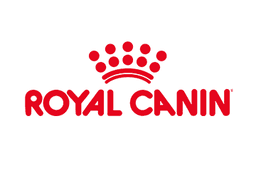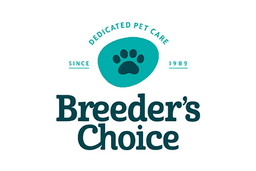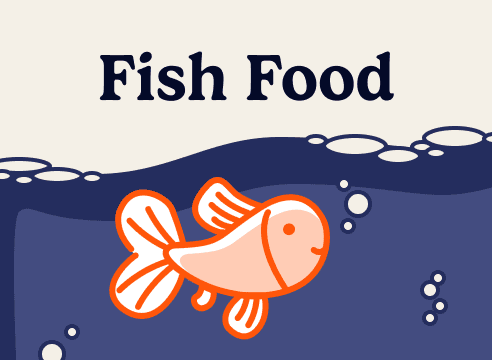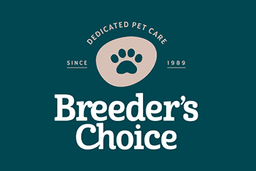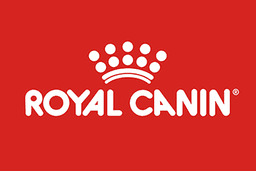How to Safely Transition your Dog or Cat to New Food

When you need to introduce your furry friend to a new type of pet food, be it due to dietary changes, health concerns, age-related needs, or a vet's recommendation, a smooth transition is crucial. This step-by-step guide will provide you with recommendations to transition your dog or cat to new food effectively, ensuring your pet remains happy, healthy, and well-nourished throughout the process.
Understanding the Importance of a Gradual Transition
Drastically switching your pet's food can lead to digestive upset, resulting in symptoms like vomiting, diarrhea, or loss of appetite. They may require medical intervention, or it may be fatal. A gradual transition gives your pet's digestive system time to adapt, reducing potential health risks and making the change easier for them.
How to Transition Your Pet to New Food
Step 1: Consult with Your Vet
Before making any changes, it's important to consult with your Veterinary professional. They can provide accurate insights into the best food choices for your pet, considering factors like age, breed, weight, and health conditions.
Step 2: Choose the Right Pet Food
Make sure to choose a high-quality food appropriate for your pet's needs. Look for options that list real meat as the first ingredient and avoid products with fillers, artificial additives, or poor-quality proteins.
Step 3: Gradual Introduction
The transition to new food should take place over a period of 10-14 days. As you transition along, you will feed them more of the new diet and less of the old - until you've fed them the entire serve of their new food. A slow transition to your dog or cat's diet is optimal as it will ease the strain on their sensitive stomachs. Changing cat food or dog food too quickly may result in symptoms such as vomiting, diarrhea or loss of appetite.
| Days | Old Food | New Food | Description |
|---|---|---|---|
| Days 1-4 | 80% | 20% | Start the transition by mixing 80% of the old food with 20% of the new food. |
| Days 5-7 | 40% | 60% | Gradually increase the new food portion to 40% while reducing the old food to 60%. |
| Days 8-10 | 40% | 60% | Continue to increase the new food to 60% and decrease the old food to 40%. |
| Day 11-13 | 30% | 80% | Now increase the serving to 80% new food and 30% old food. |
| Day 14 | 0% | 100% | If your pet has shown no signs of discomfort or rejection, you can now fully transition to the new food. |
Step 4: Monitor Your Pet
Observe your pet closely throughout the transition process. Watch for any changes in behavior, bowel movements, or overall health. If you notice any concerning signs, consult your vet immediately.
Hot Tips for a Successful Transition
- Patience is Key: Not all pets adapt at the same speed. Some might need a longer transition period, so be patient and flexible.
- Positive Reinforcement: Make the transition a positive experience. Reward your pet with praise or healthy treats when they eat their new food. This will help them associate the new food with positive feelings.
- Maintain a Regular Feeding Schedule: Keeping a regular feeding schedule will help your pet adjust to the new food. This creates consistency and allows you to monitor their eating habits effectively.
Transitioning your dog or cat to a new type of food is a delicate process that requires careful planning and patience. Ensure a smooth transition, and always consult with a vet for the best advice tailored to your pet's unique needs.
Remember, the aim is to keep your pet healthy, nourished, and comfortable during the transition, setting them up for a lifetime of nutritional well-being.
Frequentley Asked Questions
Why is it necessary to gradually transition my pet to a new diet?
A gradual transition is necessary to prevent digestive issues such as upset stomach, vomiting, and diarrhea. It also helps the pet adjust to the new taste and texture of the food.
What signs and symptoms should I look for to know if my pet is adjusting well to the new food?
If your pet is adjusting well, they should have normal bowel movements, good energy levels, and a healthy appetite. If you notice any changes such as loss of appetite, lethargy, or digestive issues, it might be a sign that the transition is not going well.
What can I do if my pet refuses to eat the new food?
If your pet is resisting the new food, try introducing it more gradually. Mix a smaller proportion of the new food with the old food and increase it incrementally. If the resistance continues, consult your vet for advice.



